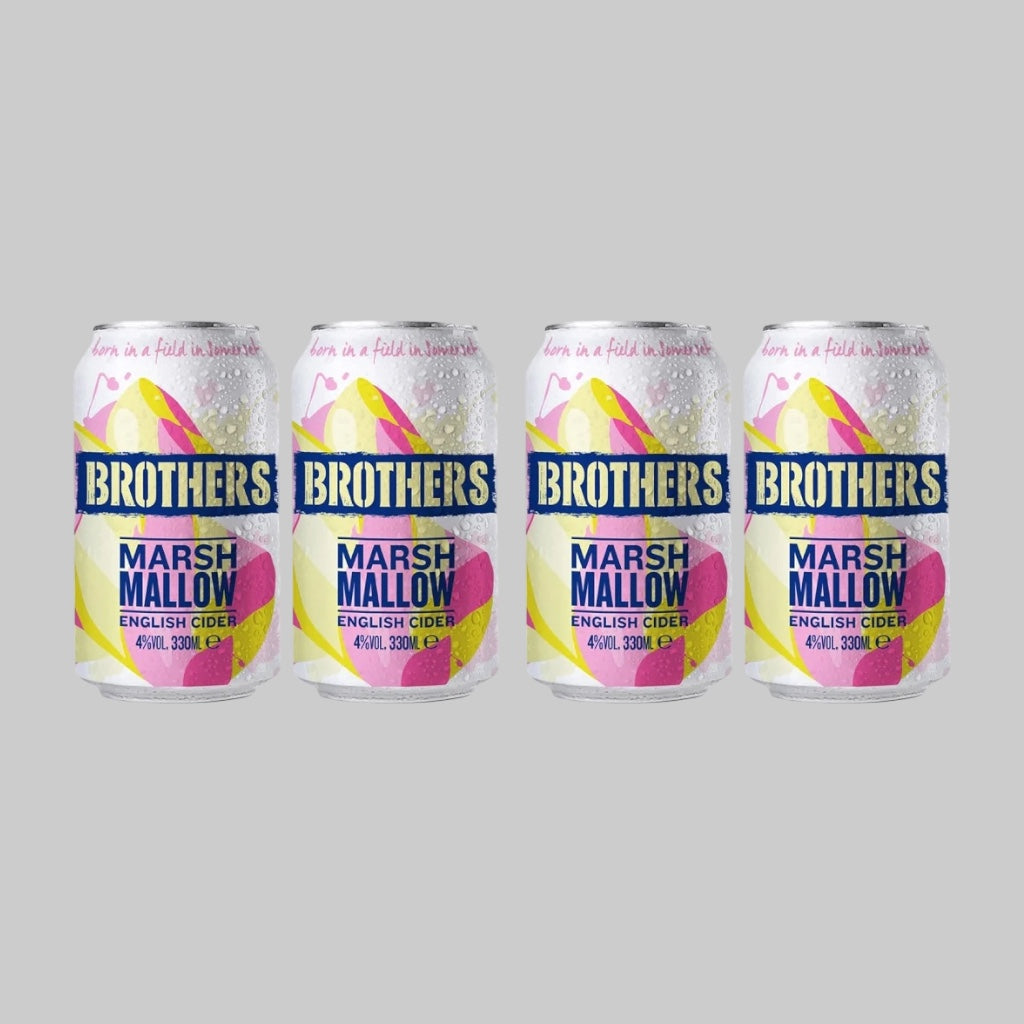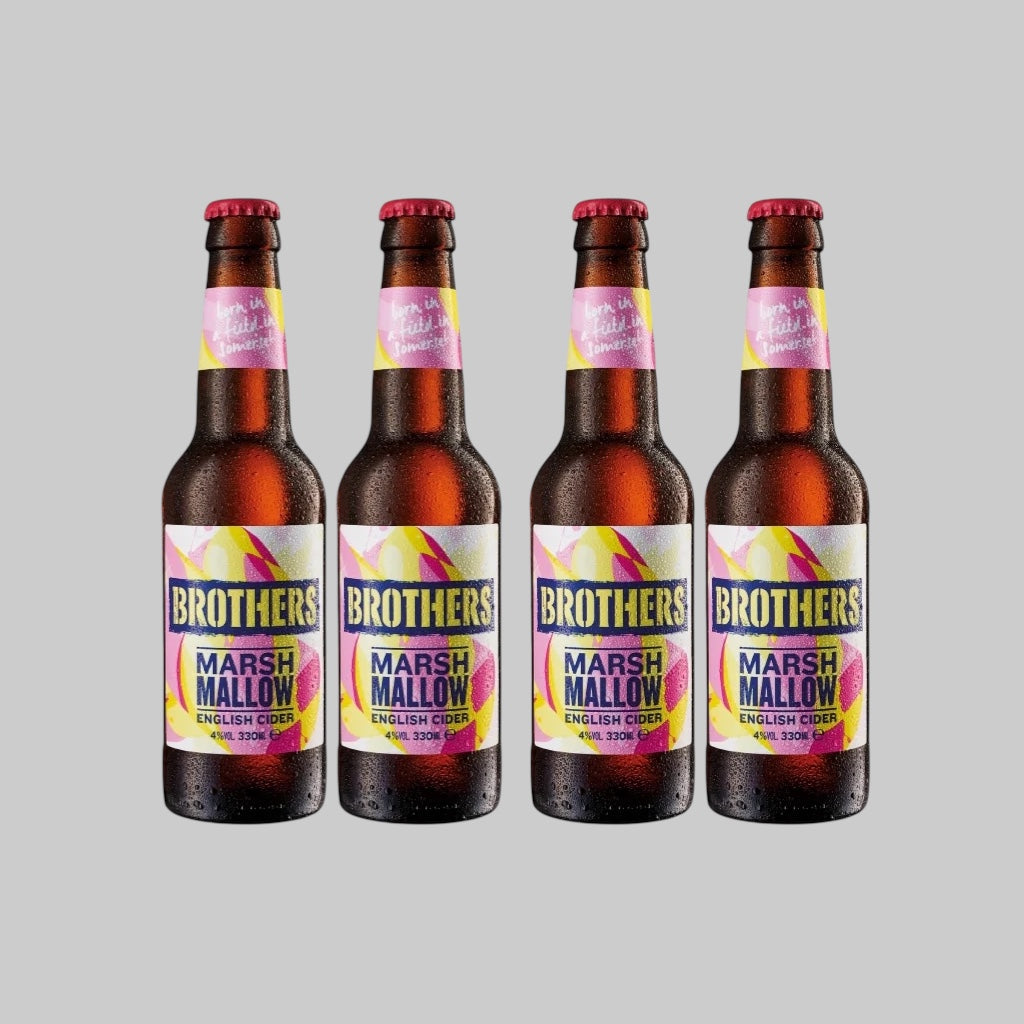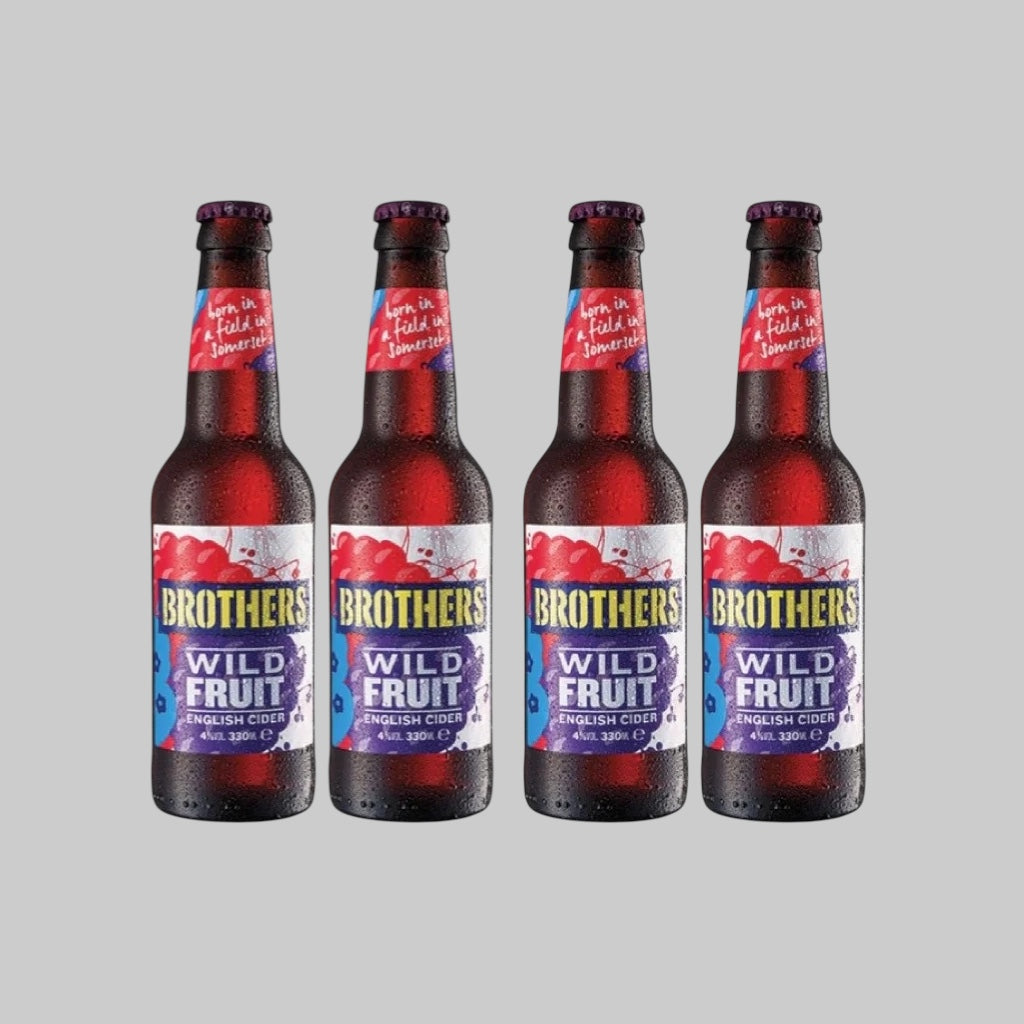Before it becomes the beer we drink, let’s walk through each step of the brewing process in a clear and approachable way.
Beer might seem like a complicated drink, but in reality, the brewing process is surprisingly fun and approachable—especially once you get to know the four main ingredients: water, malt, hops, and yeast. Once you’ve got these down, you’re already halfway there.
Start by crushing the malt. Don’t grind it into powder like coffee—just crush it enough to crack the grain so the enzymes in the husk can do their job. If you have a malt mill, that’s great. If not, even a mortar and pestle can do the trick (though it’ll be a bit of a workout).
Next, warm your water to around 60–70°C and mix it with the crushed malt. This step is called the mash. At this temperature, the enzymes break down the starches into sugars—yeast’s favorite food. This phase takes about an hour. You’ll want to measure the sugar concentration at this stage—known as OG (Original Gravity)—so you can later calculate the alcohol level.
After the mash, strain out the spent grains, leaving you with sweet liquid known as wort. Now it’s time to boil. Bring the wort to a full boil (100°C), and start adding hops. Hops give bitterness when added early, and fragrance when added later. If you want a strong, bitter flavor, boil the hops longer. If you’re going for a fresher, aromatic vibe, add them in the last few minutes of the boil.
Once boiling is done, you need to cool the wort quickly to a yeast-friendly temperature. For ale yeast, that’s about 18–22°C. For lager yeast, it’s cooler—around 10–15°C. Once cooled, add your yeast to a sanitized fermenter.
From this point on, cleanliness is key. Make sure the fermenter and anything that touches the beer is fully sanitized. Yeast will begin converting the sugars into alcohol and CO₂. You’ll start to see bubbles through an airlock, which lets gas out but keeps outside air (and unwanted microbes) from getting in.
During fermentation, sugar levels will drop. When they stabilize at your target FG (Final Gravity), it means fermentation is done. Now you’re ready to package your beer.
Even during bottling or kegging, sanitation remains important. Every piece of equipment must be properly cleaned and sanitized to avoid off-flavors or contamination.
Once you’re done, you’ll finally have a beer that’s entirely your own—crafted to your taste and style. And if you’re feeling adventurous next time, you can tweak ingredients, timings, or techniques to come up with something new.
Brewing beer isn’t difficult—it’s about care, patience, and a bit of curiosity. Every pint you make carries a story. Enjoy the process.
—
Written & Compiled by: Nuttorn Wongpoom
Thinking of trying craft beer?
Now that you know how beer is made, why not start with a selection made just for beginners? We’ve curated easy-to-drink, well-balanced sets to help you explore a variety of styles.
🍺 Starter Pack – 6 Bottles
A 6-bottle set of imported beers handpicked by our team. Smooth, approachable, and perfect for those just getting started with craft beer.
Price: ฿999
🍺 Starter Pack – 12 Bottles
A specially selected 12-bottle set of imported beers offering a wide variety of easy-to-enjoy styles—great for beginners who want to explore more.
Price: ฿1,999
🍻 Our Full Beer Collection
We’ve got even more beer brands and styles waiting in our full collection.











